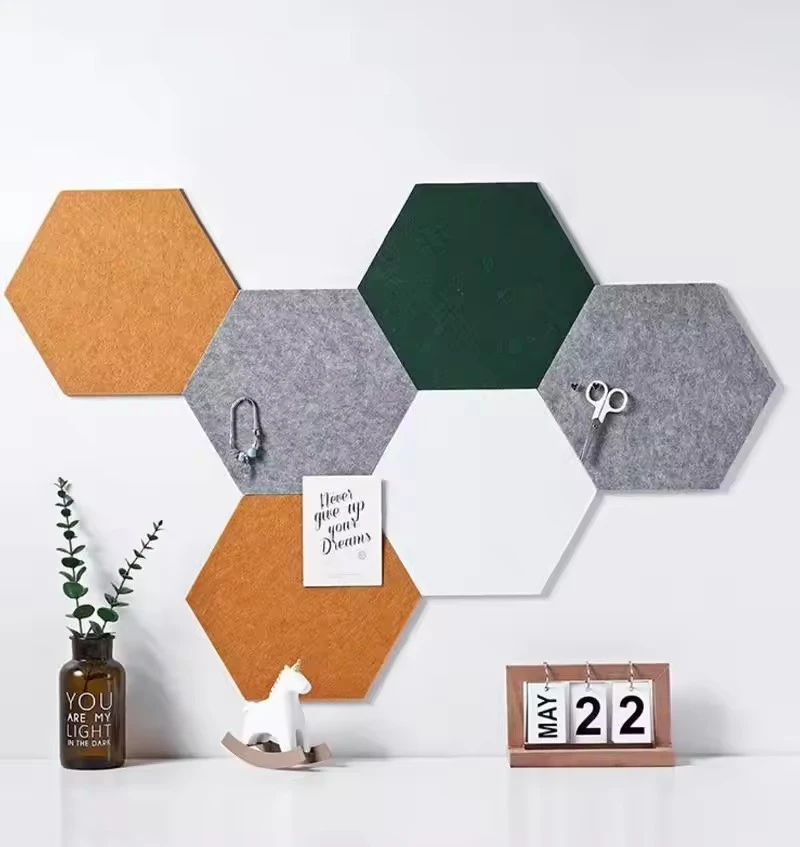Acoustic Panels for Voice Recording Enhancing Sound Quality in Your Studio
When it comes to voice recording, whether for podcasts, music, or voice-over work, the sound quality is paramount. One of the most effective solutions for achieving professional-grade audio is the use of acoustic panels. Acoustic panels are specially designed materials that help control sound reflections and absorb unwanted noise, creating an environment conducive to high-quality recordings. In this article, we will explore how acoustic panels work, their various types, and why they are a crucial investment for anyone serious about voice recording.
Understanding Acoustic Panels
Acoustic panels are typically made from sound-absorbing materials, such as foam, fabric, or fiberglass, which are designed to minimize sound reflections and reverberations in a recording space. When sound waves hit a hard surface, they bounce back, creating echoes and muddiness in recordings. Acoustic panels help transform these hard surfaces into softer, more sound-absorbing areas, resulting in improved sound clarity.
In a recording studio setup, the goal is to achieve a balanced acoustic environment where direct sound from the voice source is much more prominent than any reflections or ambient noise. This is where acoustic panels become indispensable. By strategically placing them on walls, ceilings, and even floors, you can significantly enhance the sound quality of your recordings.
Types of Acoustic Panels
There are several types of acoustic panels available on the market, each designed for specific applications and environments
1. Foam Panels These are lightweight and easy to install, making them a popular choice for home studios and small recording spaces. Foam panels come in various shapes, such as wedges and pyramids, to help diffuse sound waves effectively.
2. Fabric-Wrapped Panels These panels consist of a rigid core covered in fabric, offering both aesthetic appeal and acoustic performance. They are typically used in professional studios and can be customized to match the decor of the space.
3. Bass Traps While standard acoustic panels focus on mid and high frequencies, bass traps are specifically designed to absorb lower frequencies. They are usually placed in corners where bass buildup is most prominent, helping to create a more balanced sound.
acoustic panels for voice recording

4. Cloud Panels Hanging from the ceiling, cloud panels target sound reflections from above. They are particularly useful in spaces with high ceilings where sound can bounce off the upper surfaces, contributing to an unclear audio recording.
5. Diffusers Unlike traditional sound-absorbing panels, diffusers scatter sound waves in different directions rather than absorbing them. This is useful in larger studios where a lively sound is desirable, yet a certain level of control over reflections is needed.
Why Invest in Acoustic Panels?
Investing in acoustic panels is essential for several reasons
1. Enhanced Recording Quality The primary benefit of acoustic panels is the improvement in sound quality. Clearer recordings mean better production value, whether you’re creating a musical track, a podcast, or other forms of spoken audio.
2. Professional Environment For those working with clients, having a properly treated room boosts your credibility as a serious professional. It signals that you care about quality, improving client trust and satisfaction.
3. Flexibility and Customization Acoustic panels can be tailored to fit any size or shape of a room, and their aesthetic design allows for customization that suits your specific taste and studio style.
4. Cost-Effective Solution While professional studio sound isolation can be expensive, acoustic panels offer a more cost-effective alternative that still yields significant results in sound quality enhancement.
Conclusion
Acoustic panels are an invaluable investment for anyone engaged in voice recording. By understanding their functionality and the various types available, you can take the first step towards creating a professional-grade recording space. Whether you’re a seasoned audio engineer or just starting out, the right acoustic treatment will significantly elevate your sound quality and ensure that your recordings are as clean and clear as possible. With the right acoustic setup, you can truly make your voice shine.
